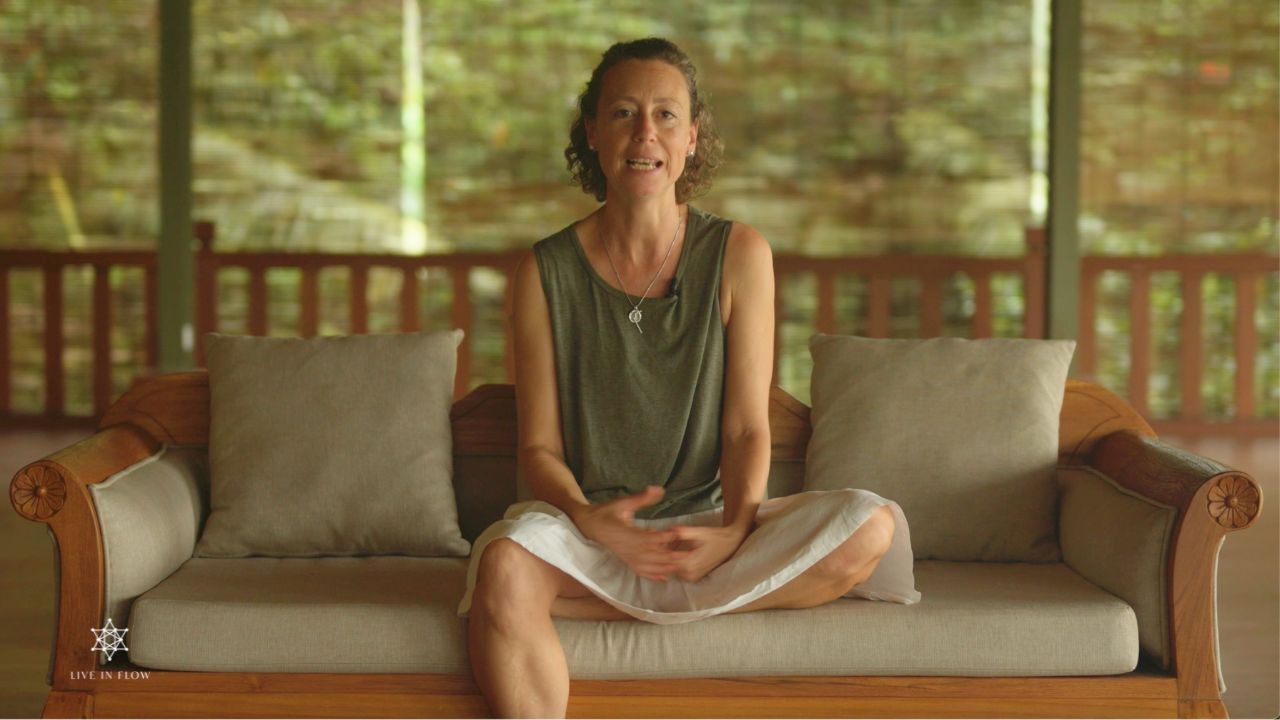Some anxiety attack symptoms are perfectly normal and relatively mild. Most of us remember having sweaty palms when nervous about going onstage for a school play or as a teen, meeting a new person we would particularly like to impress.
For a person who has been diagnosed with anxiety, however, the symptoms are severe and can be debilitating. If you or someone close to you suffers from anxiety, here are some tips on dealing with an anxiety attack without medication.
Recognise an anxiety attack
When you have a panic attack, symptoms may be similar to a heart attack or another serious condition. You may experience breathlessness and shake, feel disoriented, start sweating or feel dizzy or nauseous.
It can be terrifying for children and teenagers who experience an anxiety attack for the first time. Dealing with a panic or anxiety attack means, first of all, being able to identify it for what it is.
Try to identify and confront the trigger that initiated the anxiety attack. It is helpful for those who experience severe panic attacks to have someone close by who will reassure them that it is their anxiety getting the better of them and not a life-threatening illness.
Breathing
Close your eyes and concentrate on breathing. Having someone to count your in-breaths through your nose and out-breaths through your mouth while you do them slowly and gently may help.
It can be counterintuitive to speed up breathing because of an accelerated heart rate during a panic attack. It is essential to bring the body back to homeostasis – where everything is balanced. Practice breathing techniques to know exactly how to breathe when an attack occurs, especially if you are alone with no one to reassure you. That’s when the training kicks in and can take you through the episode.
Be mindful
Mindfulness keeps you grounded in reality. During an anxiety attack, the world around you seems alien and you may feel dissociated from your surroundings. The furniture in your room may look strange, and familiar objects appear scary. It is very disorienting.
Hard as it may be, try to focus on the present and tell yourself that the things and people around you are real. They are familiar and not out to hurt you. Recognise that you are in a state of high anxiety and that it will pass and the world will look normal.
During mindfulness sessions, focus on the familiar – for example, the feel of the fabric of your clothes or the texture of the carpet below your feet. Devoting a daily time slot to meditation will give you a better grounding and enable you to control your anxiety levels better.
Have a focus object
Either carry an object with you or pick an object when the anxiety attack occurs. It can be anything such as a piece of jewellery, a lucky charm, or even a pen.
When you feel the anxiety rising, close your hand around the object and concentrate on its texture, its colour, the symbolism it has for you, and who you imagine made it. The object will concentrate your mental focus as you breathe slowly, so you are not worrying about an anxiety attack.
If you do not have anything familiar with you when the attack occurs, focus on a particular object you can see such as a tree or a picture in a room. The more anxious you get about the symptoms, the worse they will seem, so try to distract your mind from the anxiety attack until it passes.
Seek professional help
Anxiety can become so intense that a panic disorder arises. That is when a person fears going out into public spaces just in case they have a panic attack. The fear of an attack limits the opportunity to work and carry on regular social interactions. Professionals have a range of therapies to help those living with anxiety.
Be aware of anxiety triggers
Many factors can trigger anxiety. They range from an untidy living or work space to caffeine intake, disruptive environments, noise, finances and insomnia. To understand more about these triggers and how to minimise their effect on a person living with anxiety please read here
Anxiety is like a wheel that, once in motion, keeps on rolling, gathering momentum until the fear of an anxiety attack keeps a person at home as a virtual prisoner.
It’s vital to confront anxiety head-on. With the help of professionals and supportive family and friends, you can learn to identify triggers and live with anxiety to lead a fulfilling life.





